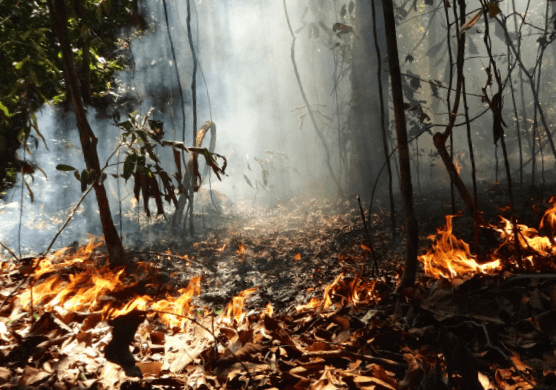Fires can cause changes in species biodiversity, replacing some organisms with others. Scientists estimate that about one-third of the fires on Earth results in a change in vegetation type. For example, it is well known that, under certain conditions, aspen trees emerge on burnt areas instead of coniferous forests killed by fire. Economically, this wood species is less valuable.
Fires can cause changes in the zoological and microbial world. For example, the environment changed after a fire became unsuitable for animals that lived there before.
That is why they move to other, more acceptable conditions. They are replaced by other organisms, for which the environment formed on the fire better corresponds to their ecological requirements.

An example of this is a cedar forest inhabited by squirrels. After a fire, the cedar forest dies, the animals lose their food supply, and they move to other forest parts.
Fires can affect waterlogging of forest areas and increase the risk of flooding. In addition, they can cause soil erosion and promote the formation of landslides and solifluction – the sliding of thawed soil on the slope and the frozen bottom layer together with the vegetation cover.
This process is especially characteristic of northern territories and permafrost zones. The consequences of forest fires are often outbreaks of insect pests and forest diseases, which primarily infest trees weakened by fire.
Another problem to which wildfires contribute is acid rain. Smoke, soot, and other harmful compounds are produced during combustion. Interacting with the moisture in the air, they form acid rain that negatively affects the soil, plants, and water bodies into which they enter. For example, in water with disturbed acid-alkaline balance, many species of mollusks and other organisms that make shells of calcium will not have their “homes” – they will “dissolve.”
